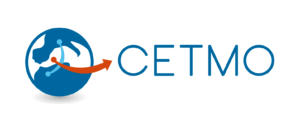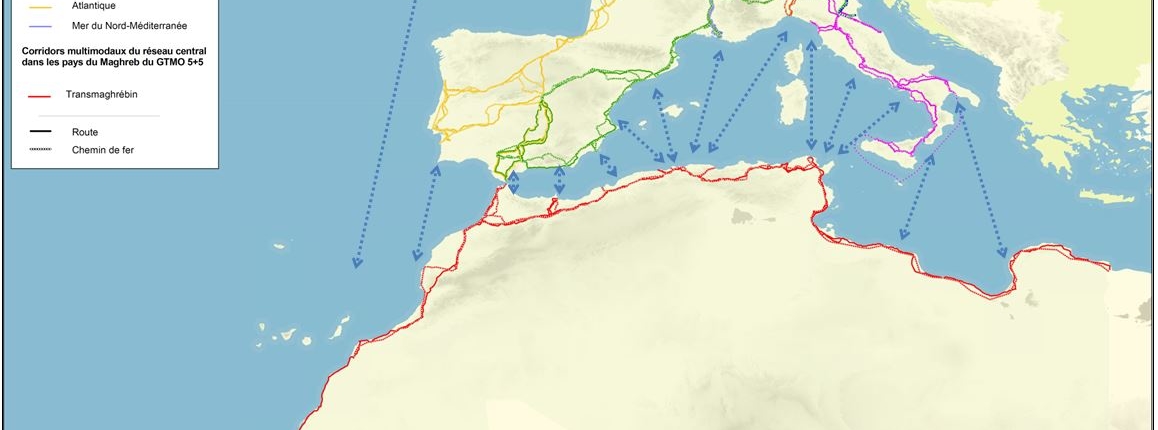Colloquium on high-speed rail
CETMO defends the Trans-Maghreb Multimodal Corridor in a colloquium on high-speed rail in Morocco
- The Government of Morocco invites CETMO to participate in the discussion as a relevant actor in the field of transport in the Western Mediterranean
- CETMO highlights the importance of the Trans-Maghreb Multimodal Corridor as a natural continuation of the European Corridor of the European Commission (TEN-T)
A year ago, Morocco opened its first high-speed rail line, called “Al Boraq”, which unites the cities of Casablanca with Tangier passing through the capital Rabat. Following this event, the Moroccan government organized the second symposium on high-speed rail in Morocco, in which international actors with high relevance in the railway sector have participated.
CETMO has been invited as a key organization in transport cooperation in the Western Mediterranean and has shared a panel of speakers with representatives of operators and administrators of high-speed rail infrastructures as well as with the International Union of Railways (UIC).
The speech carried out by CETMO has been based on putting in value the Trans-Maghreb Multimodal Corridor and especially the Trans-Maghreb Railway Axis that includes this one. The three basic points of CETMO’s speech were the following:
- The linkage between Europe and Africa: the Trans-Maghreb Multimodal Corridor, and therefore the Trans-Maghreb Railway Axis, are an indispensable piece between Europe and Africa and the logical continuation of the Mediterranean Corridor of trans-European transport networks (TEN-T) to the south. In this way, it is very important to move towards the completion of this railway axis consisting of 5462 km of lines for passenger transport and 6723 km of freight lines, of which more than 4000 km are shared (data from CETMO, 2016). The railway part is the one that needs the most investment of the Trans-Maghreb Multimodal Corridor, since more than 70% of it should be used for this mode of transport.
- Intermodality between maritime and railway mode: intermodality is one of the key factors in the development of the Trans-Maghreb Multimodal Corridor, since most freight is transported in short sea shipping (Short Sea Shipping) and its good connection with the railway becomes a primary necessity for the improvement of the transport conditions in the Mediterranean region.
- Economic relations between the Maghreb countries: one of the most interesting aspects of the Trans-Maghreb Multimodal Corridor is the favoring of economic relations, not only between the countries of the southern and northern shores of the Mediterranean, but especially among the southern countries.
Geographic Information System between CETMO and the UIC
CETMO and the International Union of Railways signed a collaboration agreement in 2018 to advance in cooperation in the field of railways in the Western Mediterranean. Within the framework of this agreement, the two organizations are holding conversations with the aim of creating a Geographic Information System (GIS) that will serve to improve the knowledge and data of railways in the countries of the south of the Western Mediterranean. The development of this GIS will become a key tool for the development of the Trans-Maghreb Railway Axis, as it will serve as radiography of the current situation and the future plans of the Maghreb countries in the field of rail.



